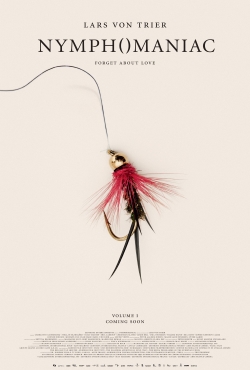http://www.genevievevalentine.com/2011/06/ten-things-you-should-know-about-x-men-first-class/

| Nymphomaniac | |
|---|---|

Volume 1 theatrical release poster
| |
| Directed by | Lars von Trier |
| Produced by | Marie Cecilie Gade Louise Vesth |
| Starring | Charlotte Gainsbourg Stellan Skarsgård Stacy Martin Shia LaBeouf Christian Slater Jamie Bell Uma Thurman Willem Dafoe Mia GothSophie Kennedy Clark Connie Nielsen Michaël PasJean-Marc Barr Udo Kier |
| Cinematography | Manuel Alberto Claro |
| Editing by | Volume I: Morten HøjbjergBoth volumes: Molly Marlene Stensgaard |
| Studio | Zentropa Entertainments Heimatfilm Film i Väst Artificial Eye Les Films du Losange |
| Distributed by | France: Les Films du LosangeGermany: Concorde FilmverleihUnited States: Magnolia Pictures |
| Release dates |
|
| Running time | Volume I: 117 minutes[1] 145 minutes (Uncut)[2] Volume II: 124 minutes[3] |
| Country | Denmark Belgium France Germany[4] |
| Language | English |
| Budget | $4.7 million ($2.35 million per film) |
| Box office | Volume I: $12,161,483[5] Volume II: $4,093,644[6] Both volumes: $16,255,127 |
| The Girl with the Dragon Tattoo | |
|---|---|

Swedish release poster
| |
| Directed by | Niels Arden Oplev |
| Produced by | Søren Stærmose |
| Screenplay by | Nikolaj Arcel Rasmus Heisterberg |
| Based on | The Girl with the Dragon Tattoo by Stieg Larsson |
| Starring | Michael Nyqvist Noomi Rapace |
| Music by | Jacob Groth |
| Cinematography | Eric Kress Jens Fischer |
| Editing by | Anne Østerud |
| Studio | Yellow Bird Music Box Films Alliance Films LumiereGAGA |
| Distributed by | Nordisk Film |
| Release dates |
|
| Running time | 152 minutes |
| Country | Sweden[1] |
| Language | Swedish |
| Budget | $13 million[2] |
| Box office | $104,384,415[2] |